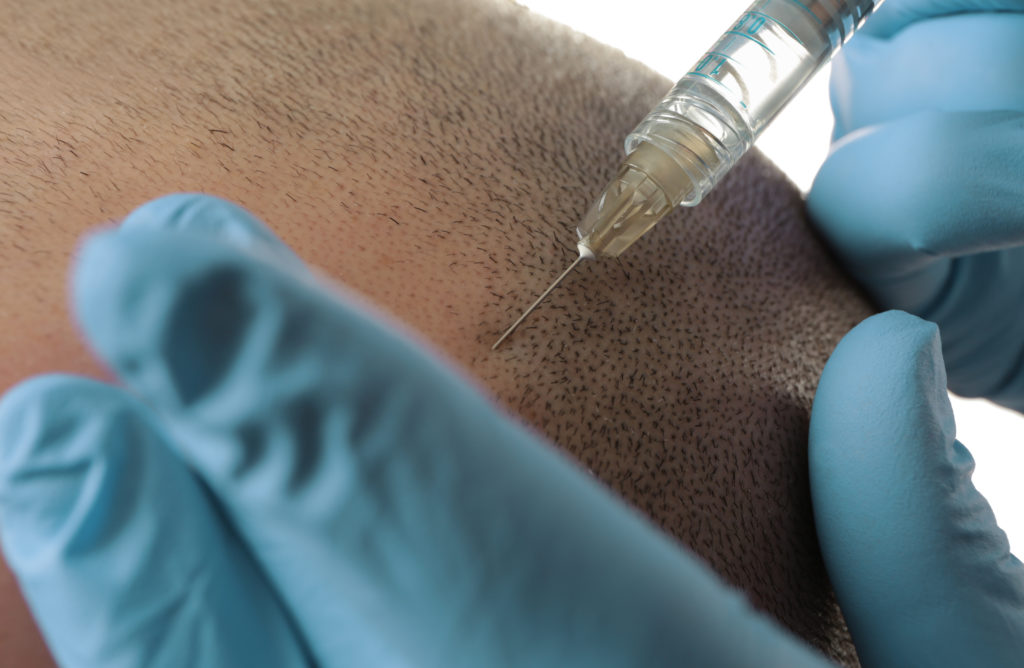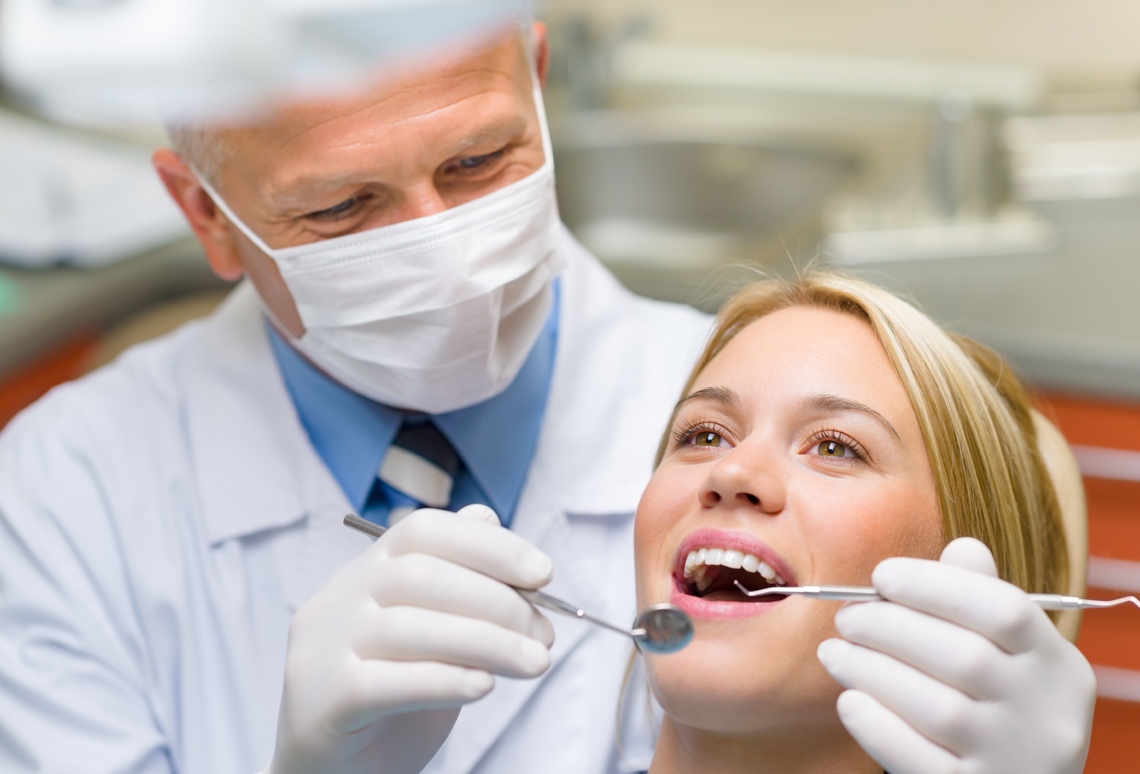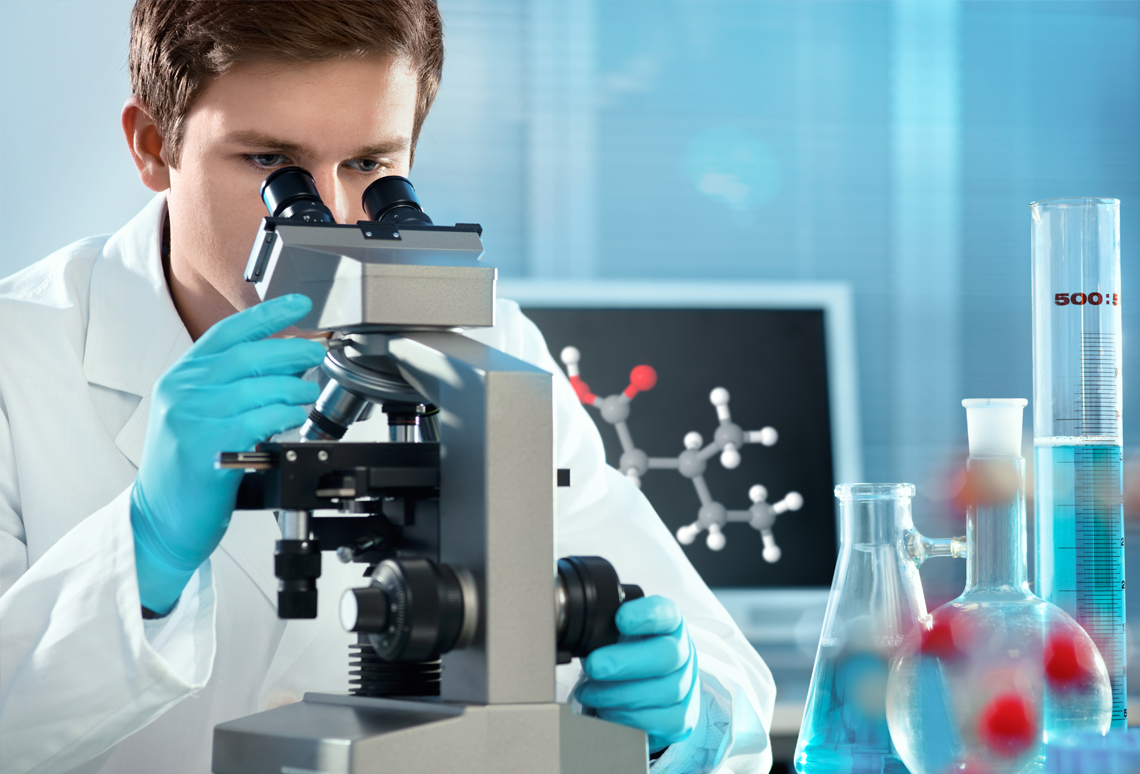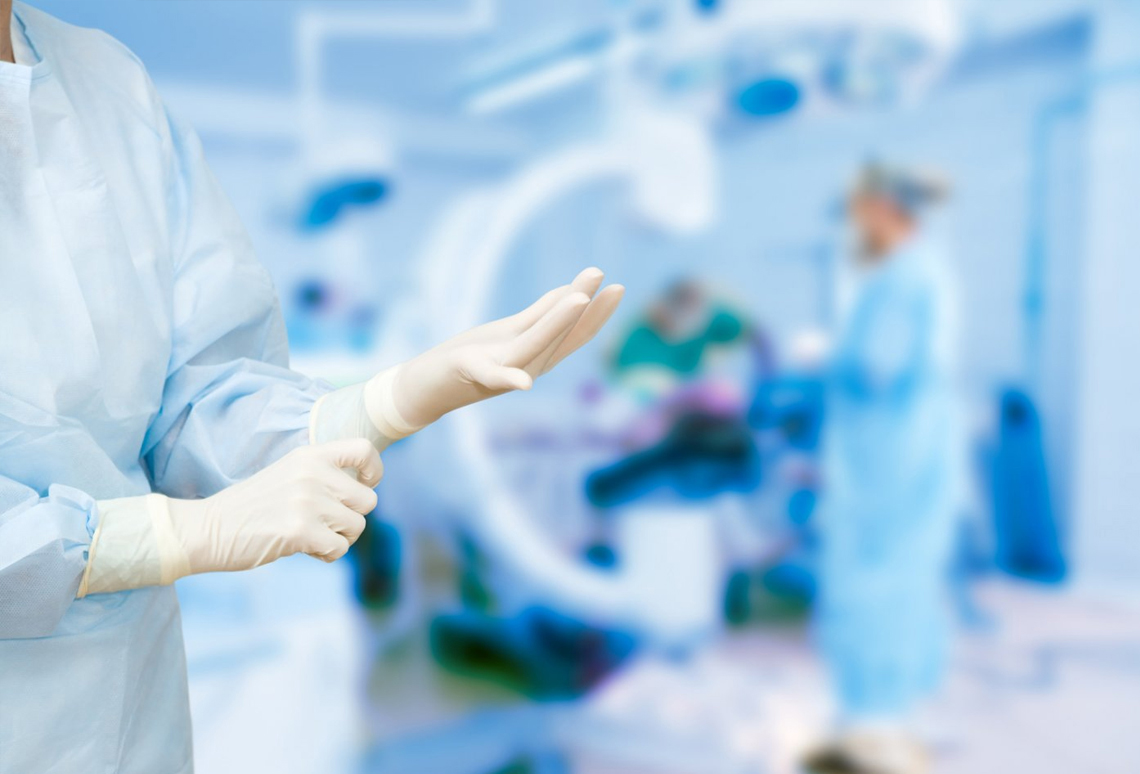PRP for Hair Regrowth
PRP for Hair Regrowth
It is estimated that about 100 million American men and women suffer from hair loss or hair thinning. Hair thinning in women is primarily caused by heredity and can begin any time following puberty. In addition to heredity, female hair thinning and loss is affected by nutrition, age, surgery, medications, stress, illness, and lifestyle factors. Male hair loss is also caused by heredity and started by dihydrotestosterone. Hair follicles weaken with age and cause balding or thinning areas.
PRP Hair Regrowth Treatments
Platelet Rich Plasma (PRP) Therapy is a non-surgical, in-office treatment used for hair regrowth. The treatment stems from the patient’s own blood and is typically performed in about an hour. A vial of blood is obtained from the patient and is spun to separate the platelets and plasma from the blood. PRP contains cytokines and growth factors which have been shown to enhance and stimulate hair follicle function. For a longer or stronger hair growth result, the PRP can be mixed with Extracellular Matrix (ECM). Once the PRP has been obtained, an antiseptic solution and anesthetic gel are put on the scalp to numb the area. This ensures a painless procedure. PRP is then injected into the scalp where there are weak follicles and then mechanical, electronic microneedling is performed. Prior to the patient leaving the office, Low Level Laser Therapy is used.
Who should use PRP treatments for hair regrowth?
Research shows that there are two types of patients that have the highest success with PRP treatments for hair regrowth, as a doctor like Dr. Robin Unger who specializes in PRP for hair loss in New York can explain.
- Patients with small areas of alopecia
- Patents with weak quality hair growth areas on the scalp
Risks and Benefits of PRP
PRP treatments have minimal risks and are an in-office, non-surgical procedure. It takes roughly an hour from start-to-finish and the longest part of the procedure is preparation. Patients find there is a period of inflammation for a few hours after the procedure, which usually means their scalp is numb and slightly pink. Swelling is not a common side effect but when it does occur, it can be seen in the forehead or eye area the following day. Any swelling should take one to two days to go away. Hair growth begins after about three months but many patients do not see the difference until about six to twelve months.
If the patient is on certain medications or has blood disorders, they are usually not a candidate for PRP treatments. Due to PRP using the patient’s own blood, there is no risk of allergy, foreign-body reactions, or hypersensitivity.
Recovery Time After PRP
PRP is a very safe treatment with minimal risks. Because of this, there are no activity restrictions following a PRP treatment. Patients are able to shower with shampoo and conditioner their hair after only a few hours following the treatment. Patients are also free to recommence normal athletic and daily activities only a few hours after the treatment. Their hair should not be chemically colored or permed for at least 72 hours but all other hair treatments can be resumed the following day.





